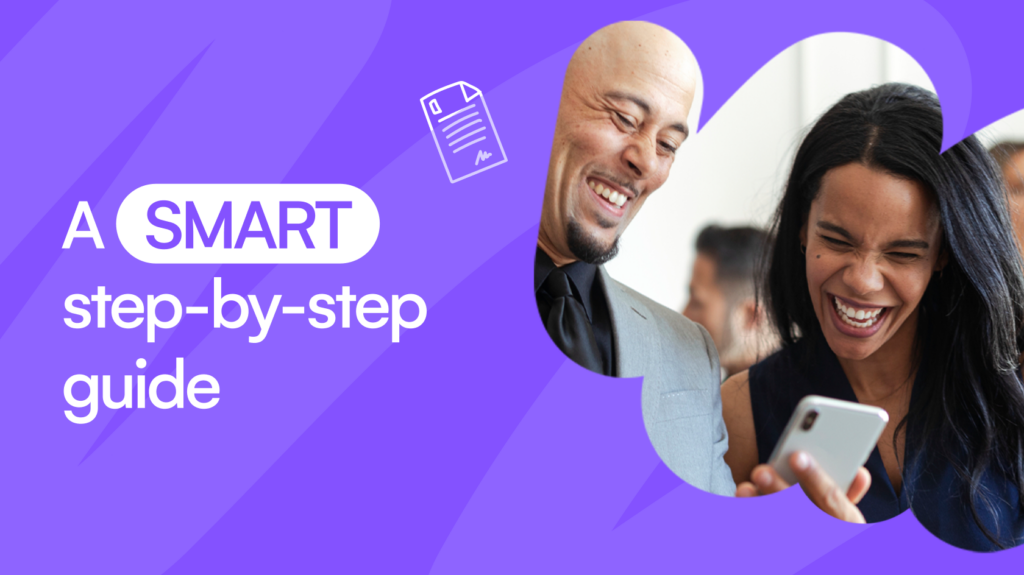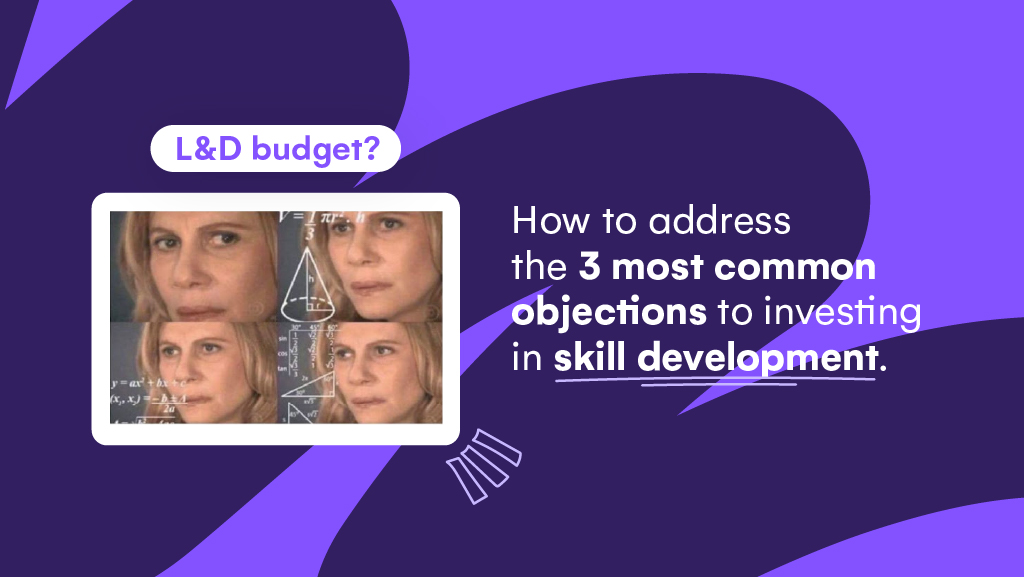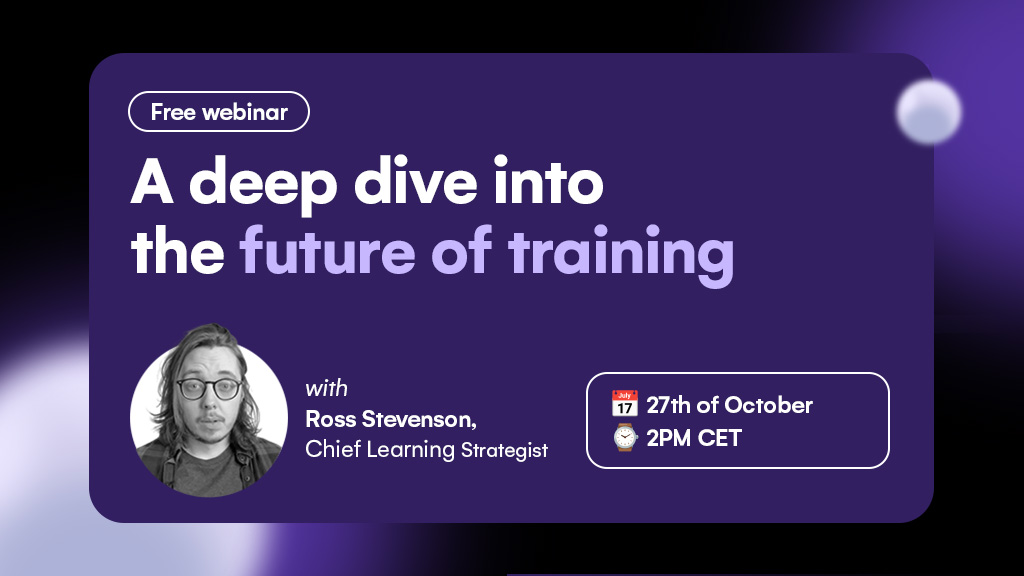No products in the cart.
table of content
table of content
Increased flexibility
Allows employees to learn at their own pace and on their own schedule, which can be particularly beneficial for remote or distributed teams.
Improved engagement
Provides employees with more interactive and engaging training experiences, which can increase their motivation to learn and apply what they’ve learned in their work.
Better retention rates
Blended learning can lead to higher retention rates, as employees have more opportunities to review and practice what they’ve learned.
Make it interactive
Blended learning is about creating interactive and engaging learning experiences. Add activities that encourage collaboration, discussion, and reflection.
Use multimedia
include multimedia elements such as videos, graphics, and audio to make the training more engaging and memorable.
Personalize the learning experience
Blended learning allows for more personalized learning experiences. Use tools such as adaptive learning and personalized learning paths to cater to the individual needs of the learners.
Provide timely feedback
Feedback is crucial in any learning environment. Make sure that learners receive timely and constructive feedback on their progress.
Encourage social learning
Encourage learners to share their knowledge and experiences with each other through discussion forums, social media, and other online platforms.
Be flexible
Blended learning provides flexibility in terms of time and location. Make sure that learners have the flexibility to learn at their own pace and on their own schedule.




Reviews